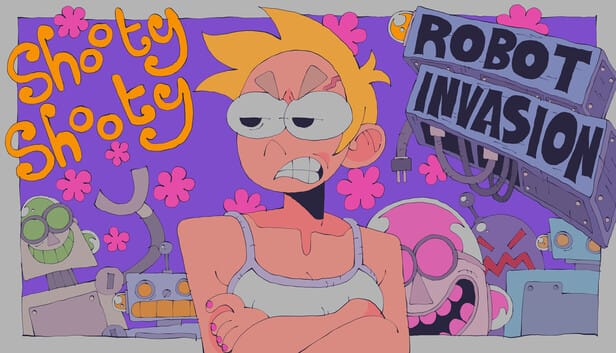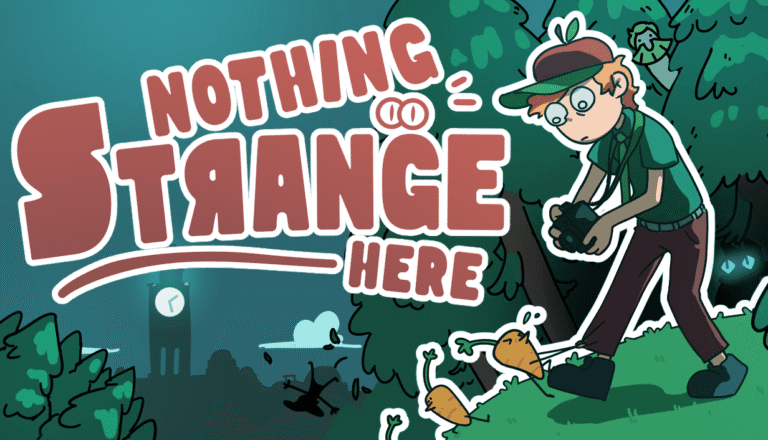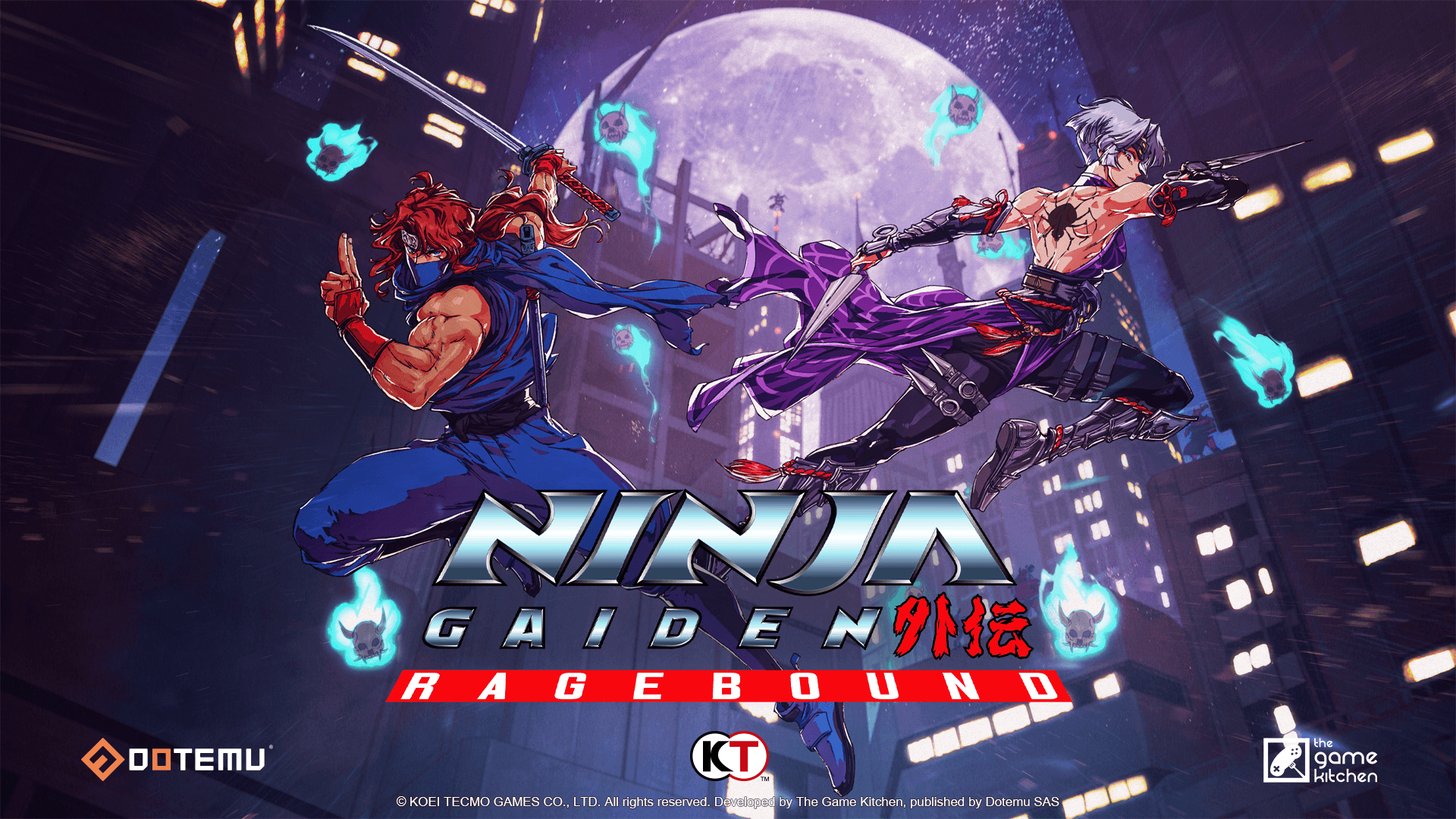
Few series carry the same reputation in action gaming as Ninja Gaiden. For decades, it has been the proving ground for reflexes, precision, and the willingness to persevere through repeated defeat. Ragebound, developed by The Game Kitchen and published by Dotemu, approaches that legacy with a combination of reverence and reinvention. Instead of chasing the 3D brawler formula of Ninja Gaiden Black or Ninja Gaiden II, it embraces a 2D action-platformer framework, one that draws on the old-school difficulty philosophy but tempers it with modern sensibilities.
The story opens in dramatic fashion: Kenji Mozu, a skilled member of the Hayabusa Ninja Clan, crosses paths with Kumori, an elite assassin from the rival Black Spider Clan. When a demonic assault forces them into a supernatural pact, binding their souls, they must cooperate despite mutual mistrust. This tension isn’t just narrative flavor – it’s baked into the gameplay, where both characters’ distinct combat styles are central to progression.
From the moment I took control, it was clear this wasn’t a nostalgia cash-in. The opening level flows through layered environments – collapsing rooftops, narrow alley duels, vertical climbs – each built to teach you the interplay between Kenji’s melee precision and Kumori’s ranged utility. The learning curve is steep but fair, echoing Ninja Gaiden’s history of demanding players meet it on its own terms, yet with subtle safety nets to prevent early burnout.
I completed the main campaign and dove into much of its optional content on computer (RTX 4050) and Steam Deck, alternating between controller and keyboard/mouse over roughly 12 hours. That time included a Normal mode run, several Secret Ops missions, and a foray into Hard Mode. By the end, I felt like I had engaged with both the razor-sharp combat the series is known for and a suite of modern accessibility tweaks that could open the door for new fans.
Pixel Precision Meets Feudal Fury
The game’s visual style is a standout achievement. Ragebound opts for highly detailed pixel art – not for retro novelty, but as a deliberate artistic choice. The environments are richly layered, from bamboo forests swaying under moonlight to urban sprawls lit by flickering neon. Animations are fluid, enemies are visually distinct, and each stage has its own color identity, ensuring clarity in combat-heavy sequences.
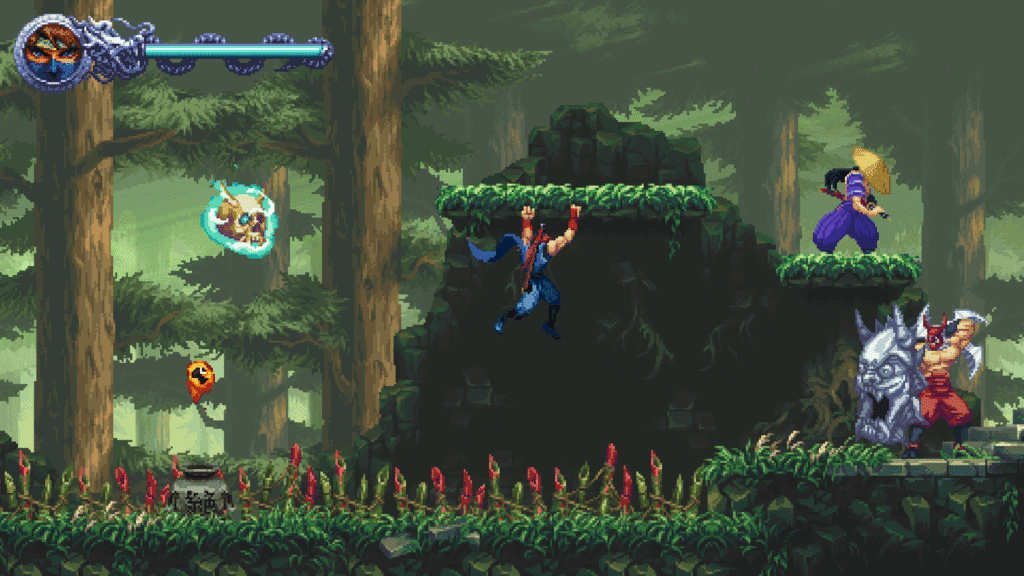
Lighting deserves particular mention. Torches cast a warm flicker across moss-covered shrine walls, while lightning storms illuminate rain-slicked tiles in brief, dramatic flashes. It’s the kind of environmental work that adds tension without overcomplicating the screen.
A Soundtrack That Strikes Like Steel
If the visuals frame the combat, the audio is its heartbeat. The soundtrack is a hybrid of traditional Japanese instrumentation and modern rock/synth. Shamisen strings and taiko drumbeats underpin stages set in rural or historical areas, while synth basslines and electric guitar riffs propel the urban and demonic zones. Boss themes spike in intensity, pushing players into that hyper-focused state where every dodge and counter matters.
Sound effects are equally purposeful. The slice of a katana, the thunk of a kunai embedding in wood, the hiss of an enemy projectile – each effect is crisp and placed to communicate gameplay-relevant information.
On my RTX 4050 PC setup, the game ran at a locked 120 FPS at 1080p with all settings maxed. On Steam Deck, performance held between 50–60 FPS on high settings, with dips into the mid-40s during heavy particle effects (personal testing). Across both, load times were short, averaging under five seconds between deaths and restarts.
Bugs are very rare, with the only notable issue being an occasional “sticky” wall-grab when jumping into certain corners. It’s a small blemish on otherwise smooth technical execution.
Steel in Motion – The Core Loop
At its heart, Ragebound is about the constant flow between movement and combat. Its core loop mixes precision platforming, enemy encounters, and high-stakes boss fights, all linked by mechanics that reward mastery. Chief among them is the Guillotine Boost, a technique that allows Kenji to rebound off enemies or even certain projectiles to chain movement. It’s not just mobility – it’s a combat tactic, letting you launch back into enemies from above or reposition mid-battle.
Complementing it is the Hypercharge system. When you defeat enemies marked with an aura – blue for melee, pink for ranged – you trigger a short window of heightened power, often enabling one-hit kills. This mechanic is a risk-reward tool: use it aggressively to clear foes quickly, or save it for clutch boss counters.
Then there are the Kumori spirit-form segments. These sections strip away Kenji’s physical abilities, replacing them with Kumori’s ghostlike traversal. The twist? They’re timed. Secret Ops versions take it further by removing checkpoints, making these segments the most intense platforming challenges in the game.
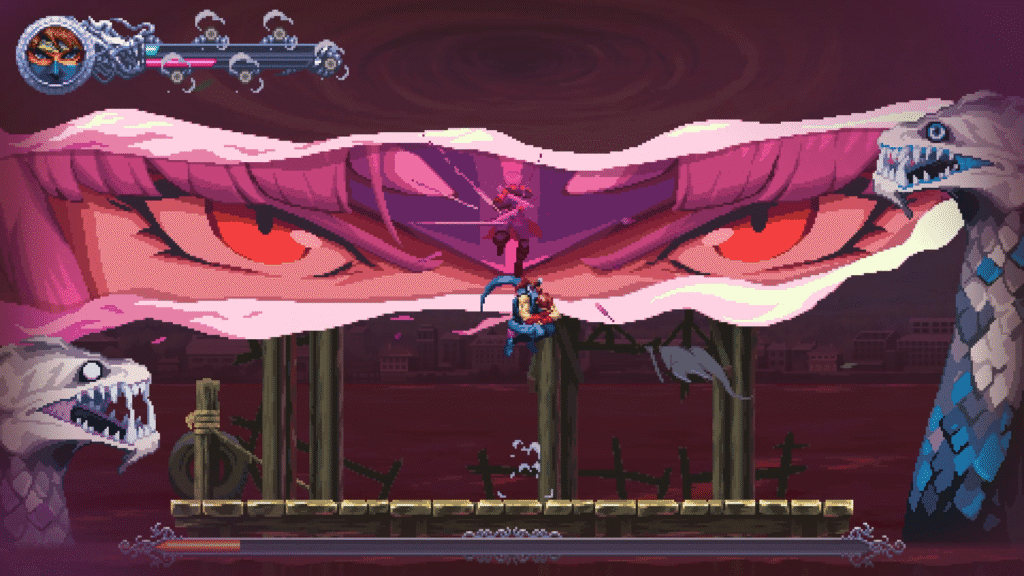
Reviewer’s Note: Combining a mid-air Guillotine Boost into a Hypercharge slash, landing, and then chaining directly into a Spirit Dash as Kumori is the kind of combat-platforming fusion that kept me replaying levels for better ranks.
Control Is Everything
Ragebound supports both controller and keyboard/mouse input with full remapping. Multiple reviews confirm both setups feel well-implemented.
Reviewer’s Note: On controller, precision jumps and melee chains felt natural, the analog stick giving just enough travel for fine adjustments in platforming. On mouse and keyboard, aiming Kumori’s ranged strikes felt sharper, especially in air-juggle sequences where precision shots could reset combos.
Difficulty Without Cruelty
Older Ninja Gaiden titles had a reputation for punishing players mercilessly. Ragebound still expects skill, but it is far more approachable thanks to thoughtful systems. Normal mode includes generous checkpoints, cutting down on tedious backtracking.
The Assist Mode allows granular adjustments to incoming damage, Hypercharge duration, and even game speed. While purists may scoff, this flexibility ensures that players of varying skill levels can still experience the full game.
For veterans, Hard Mode is more than an HP/damage tweak. Reviews confirm that enemy placement changes, projectiles travel faster, and bosses gain new attack patterns. The result is a second playthrough that feels fresh rather than recycled.
Two Ninjas, One Fate
The emotional core of Ragebound lies in the relationship between Kenji and Kumori. What begins as an enforced truce between sworn enemies slowly evolves into begrudging respect. Their banter is sharp, sometimes laced with sarcasm, other times revealing glimpses of shared trauma. It is never overbearing – dialogue is delivered sparingly between stages, ensuring pacing isn’t derailed.
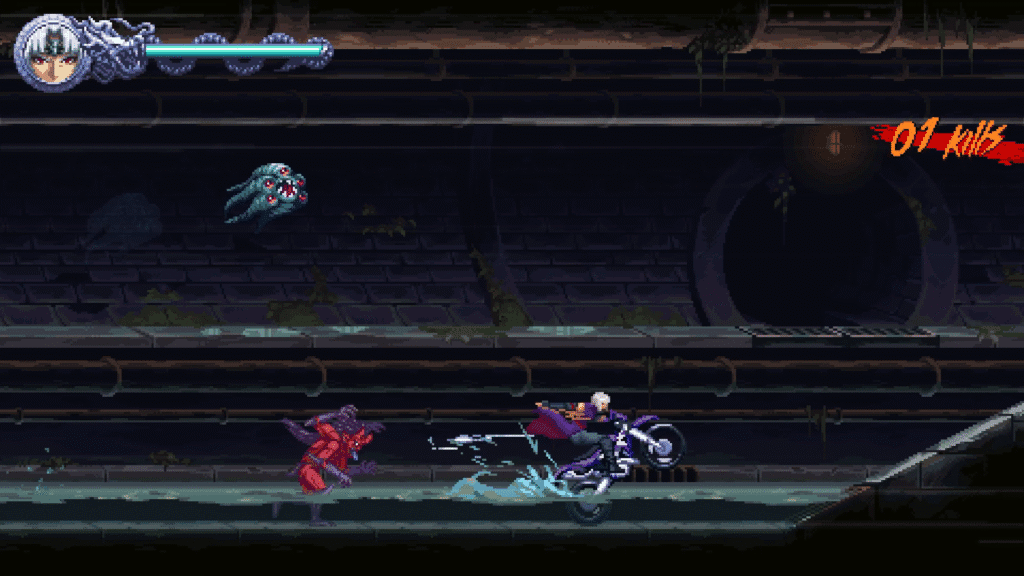
Narratively, the game is linear, guiding players through a fixed sequence of stages. There are no branching paths or multiple endings, but the inclusion of Golden Scarab collectibles adds depth. These optional finds unlock lore entries detailing the history of the Hayabusa and Black Spider clans, the origins of the demonic threat, and even nods to the wider Ninja Gaiden universe.
A World Worth Fighting For
Environmental storytelling is where Ragebound subtly expands its lore. A ruined temple might hide a mural depicting an ancient battle between ninja clans, while a cyberpunk street may feature propaganda posters hinting at a city’s underworld connections. These details are never forced into cutscenes – they’re woven into the art, rewarding players who take a moment to observe rather than rush.
Boss arenas, too, serve as narrative markers. A duel atop a burning pagoda says as much about the stakes as any line of dialogue, while the sterile, high-tech corridors leading to the cybernetic warlord foreshadow the unnatural power you’re about to face.
Short but Sharpened
The main story runs 7–8 hours for most players, but that’s only the foundation. Each stage offers replay incentives: time-based rankings, hidden collectibles, and the challenge of perfect execution.
The Secret Ops stages are particularly notable. These are condensed, high-difficulty platforming and combat gauntlets with no checkpoints. They feel designed for mastery runs – the kind where you restart instantly after a mistake because you know you can shave seconds off your time.
Hard Mode adds a further layer of replayability. It changes enough enemy placements and attack behaviours that strategies from Normal Mode need to be reconsidered.
A Classic Reforged
Ninja Gaiden: Ragebound is firmly rooted in the series DNA but adapts to a modern audience. It retains the precision, speed, and technical mastery that defined the original games, yet pairs them with accessibility systems that would have been unthinkable in the NES or Xbox eras.
Compared to genre contemporaries, The Messenger leaned harder into retro homage and comedy, while Cyber Shadow embraced a grimmer, more punishing difficulty curve. Ragebound finds a middle ground – it has the high-skill ceiling of Cyber Shadow but offers onboarding tools closer to Shovel Knight, allowing players to steadily grow into mastery without alienating them early.
It also stands out for its dual-character combat system, which is more than a gimmick. Switching between Kenji and Kumori changes not only your moveset but also how you approach enemy encounters and platforming challenges. This is rare even among modern action-platformers and gives the game a distinct identity in a crowded space.
Final Verdict – Sharpened Steel, Balanced Edge
Ninja Gaiden: Ragebound is not a hollow revival. It is a considered, finely honed entry that respects the series’ legacy while making thoughtful choices to welcome new players. Every mechanic, from the Guillotine Boost to the Hypercharge system, serves a purpose – deepening the flow between movement and combat. The Assist Mode makes it approachable, but its higher difficulties remain true to the spirit of the franchise, demanding precision and persistence.
Score: 4.8/5
Strengths:
- Combat Flow: The Kenji/Kumori dual system is more than a gimmick—it’s a constant source of tactical variety.
- Visual & Audio Cohesion: Gorgeous pixel art, dynamic animation, and a soundtrack that blends traditional Japanese instruments with driving rock and synth.
- Polish & Performance: Smooth framerate, minimal bugs, and equally solid playability on controller or keyboard/mouse.
- Replay Value: Hard Mode, leaderboards, and secret content keep the game engaging beyond the main story.
Weaknesses:
- Linear Structure: While intentional, players looking for branching paths or heavy role-play elements won’t find them here.
- No Voice Acting: While sprite animation conveys emotion well, a few major scenes could have benefited from performances.
- Occasional Wall-Grabs: A rare but noticeable platforming hiccup that can break flow in tight sequences.
At full price, Ragebound earns its keep. For veterans, it’s a welcome return to form; for newcomers, it’s the most approachable entry point the Ninja Gaiden name has ever offered.
This review of Ninja Gaiden: Ragebound is based on the PC version, with a code provided by the game’s publisher. It’s available on PS4, PS5, Xbox One, Xbox Series X/S, Switch and PC.

